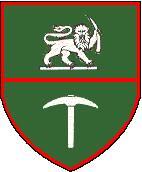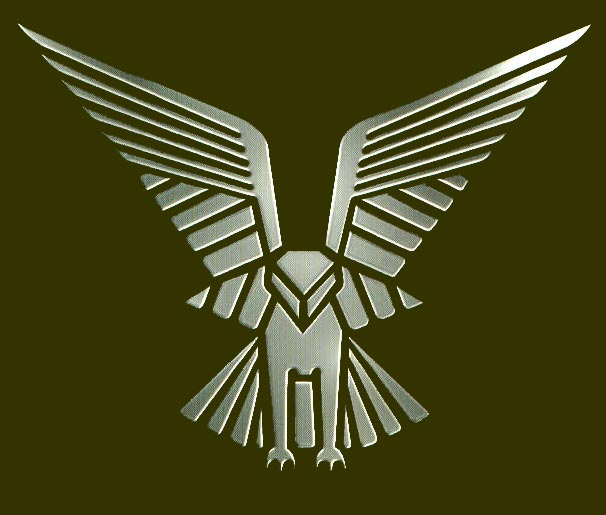




|
|
|
|
ZAPU AND ZANU BY F. A. GODFREY IN
THE EARLY STAGES of the confrontation between black nationalist groups and the
government of Rhodesia (Southern Rhodesia until 1965), the aim of the
nationalists was to use what political pressure they could muster, inside and
outside Rhodesia, to influence the government, peacefully, to change its
policies. As these methods met with little success they turned in the early
1960s to the use of violence. The campaign in 1960—62 was restricted to cases
of minor sabotage, arson and intimidation which could be carried out with the
use of explosives, stolen from mining companies, and home-made petrol bombs. The
decision was taken in mid-1962 to go out in search of foreign sources of support
in the provision of arms and training in their use. From 1963 there was
increasing evidence of the nationalists’ success in the pursuit of these
policies. February 1964 saw the first attempt at mounting a guerrilla operation
by a group of insurgents which called itself the Crocodile Commando. A police
post was attacked and later a white farmer shot dead. However, the group was
successfully broken up by security forces acting In
1966 and 1967 there were many attacks mounted by armed and uniformed groups
crossing into Rhodesia from Zambia, and although the security forces got early
warning of the movements and were quickly able to respond it was accepted that
the guerrillas were by then rather better trained and prepared. Perhaps of even
more importance, a perceptible rise in the guerrillas’ morale was noticed at
this time despite the neutralization of the vast majority of their attempted
operations. In
early 1968 a major attempt to 3
light machines guns (RP-46) with 3
RPG-2 anti-tank rocket launchers 19
Kalashnikov AK47 rifles 6
Simonov carbines 6
automatic pistols 112
grenades 150
slabs of explosive 40,000
rounds of ammunition (most The
bulk of the weapons were identified by Rhodesian security forces as The
war escalates From
1969 onwards the guerrillas conducted operations from sanctuary in Zambia across
the Zambesi into Rhodesia in ever increasing numbers. Groups of anything from 30
to 100 uniformed men, armed with PPSh sub-machine guns, Simonovs and
Kalashnikovs, would make their way into the tribal trust lands and game
reserves. A new piece of equipment the land mine — was
introduced in the 1970s and at first it caught the security forces napping. The
mines were used to disrupt traffic on roads and tracks most frequently used by
the army, police and administration. As operations by the guerrillas became more
sophisticated they would use the mines in conjunction with attacks on government
offices, police posts and isolated farms. By placing the mines on roads and
tracks leading to the target it was hoped to take the reacting security forces
by surprise. The army and police quickly responded to this threat and
approached with caution but vital minutes, sufficient to allow the guerrillas to
escape, were thereby lost.
After
1974, when Mozambique became independent, the guerrillas were provided with
another sanctuary from which to launch their attacks into Rhodesia. From then
onwards the ZANU faction of the nationalists It
was from the mid-1970s that Soviet support, in particular, escalated. It is
generally accepted that by 1979 there were some 1400 Russian, 700 East German
and 500 Cuban military instructors working in Mozambique and many were directly
supporting the efforts of the guerrilla forces. In the same way in Angola over
19,000 Cuban soldiers, 6000 East Germans and a few Czechs and Bulgarians
provided,
via Zambia, the same sort of service. Arms and equipment were shipped into
southern Africa at this time via the ports of Beira in Mozambique and Luanda
in Angola. (END) ***NOTE*** Source for this article was obtained from the book: WAR IN PEACE: CONVENTIONAL AND GUERRILLA WARFARE SINCE 1945. printed 1982, author Major F. A. Godfrey MC.
|
|
|